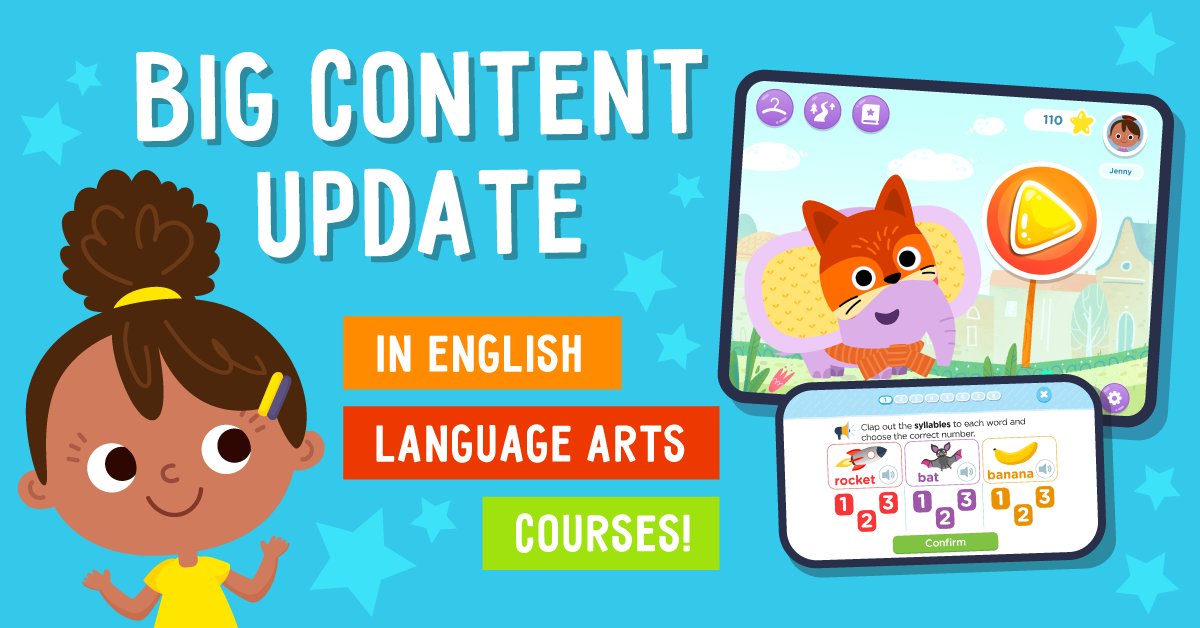Sorting Worksheets Activities With Answers for Ages 3-9
23 filtered results
-
From - To
Welcome to our engaging collection of sorting worksheets designed for children aged 3-9! These vibrant, interactive activities help young learners develop essential skills, such as logical thinking, categorization, and cognitive organization. With a range of themes and difficulty levels, each worksheet encourages kids to sort objects by attributes like color, size, and shape, fostering their observational and critical thinking abilities. Our worksheets come complete with answer keys, making it easy for parents and educators to track progress and understanding. Dive into a world of fun learning activities that enhance children's sorting skills while promoting creativity and exploration! Ideal for home or classroom use.


Matching and Sorting for Kindergarten: Assessment 3 Worksheet
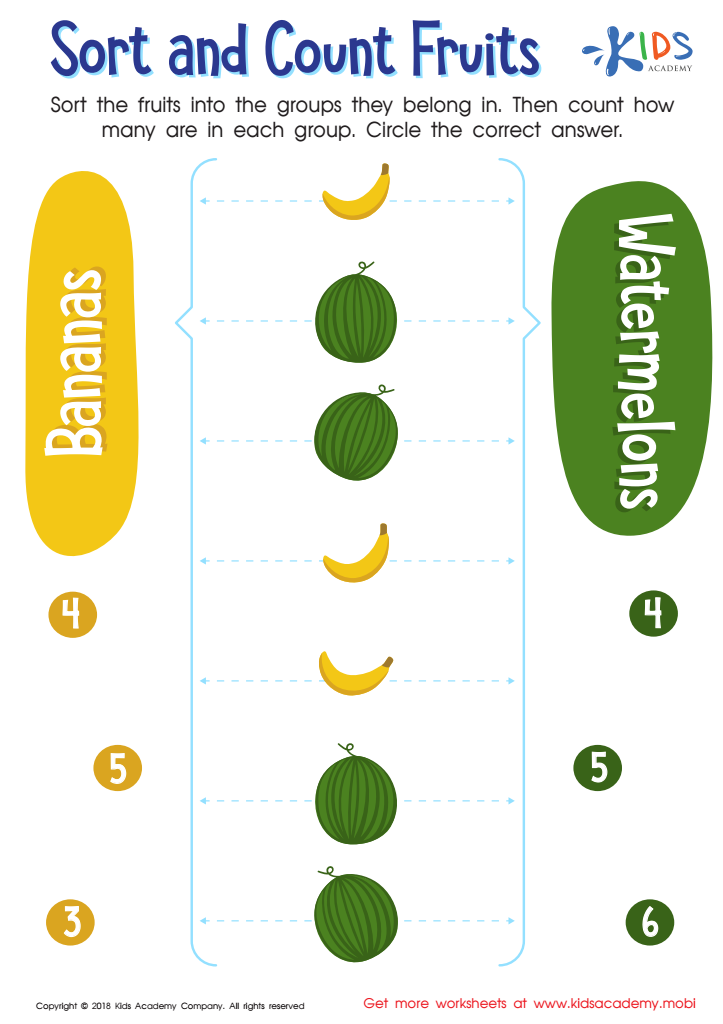

Sort and Count Fruits Worksheet
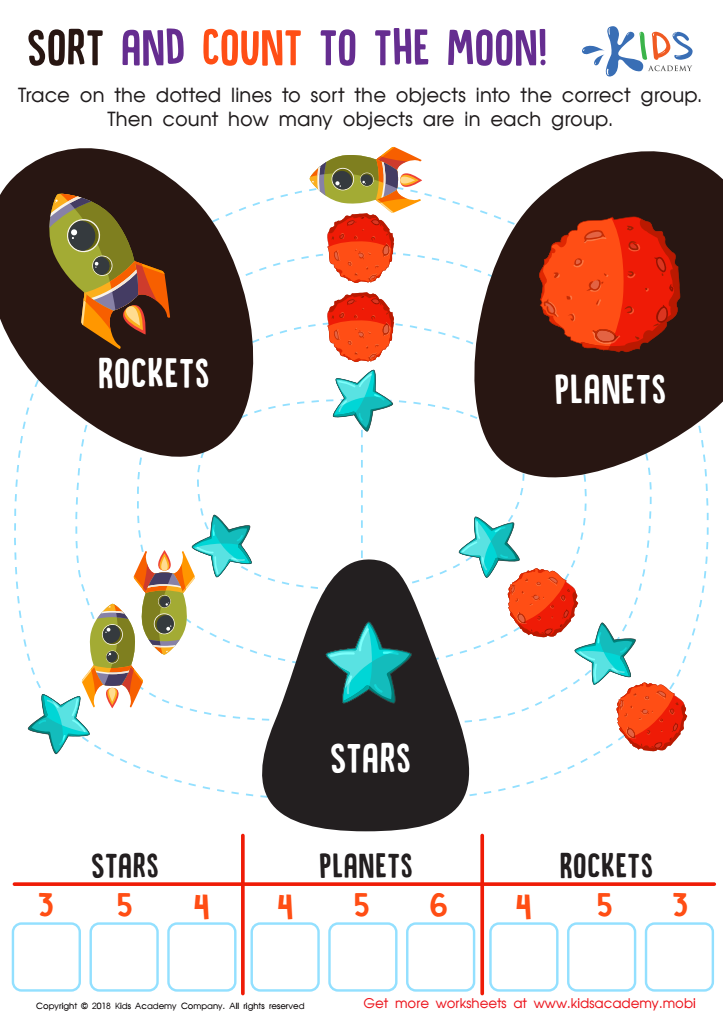

Sort and Count to the Moon Worksheet
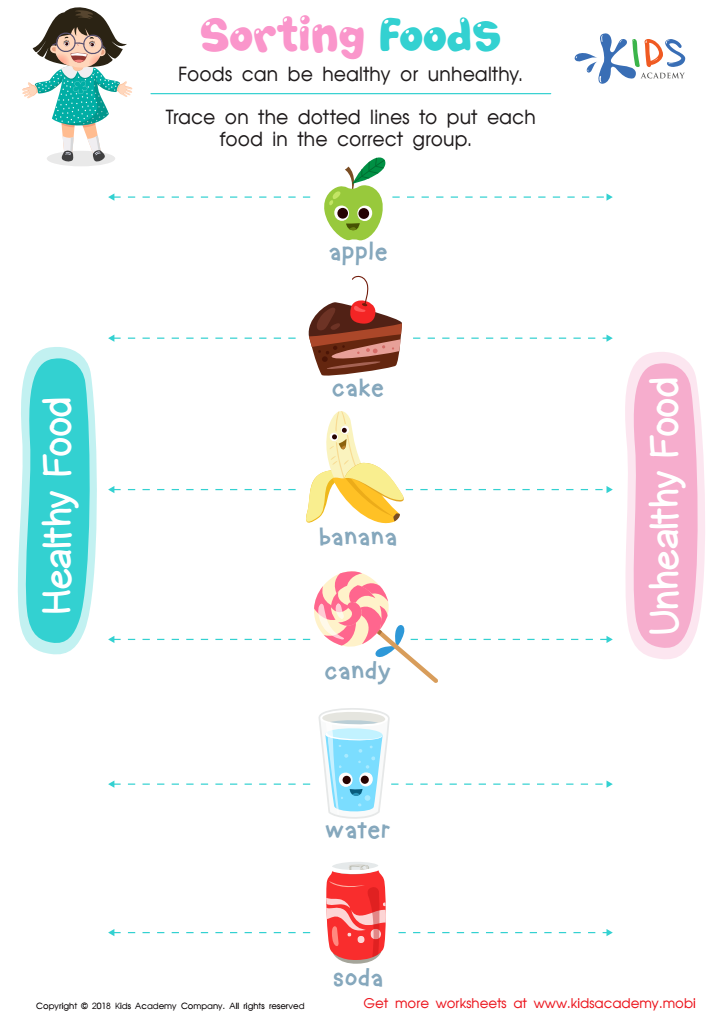

Sorting Food Worksheet
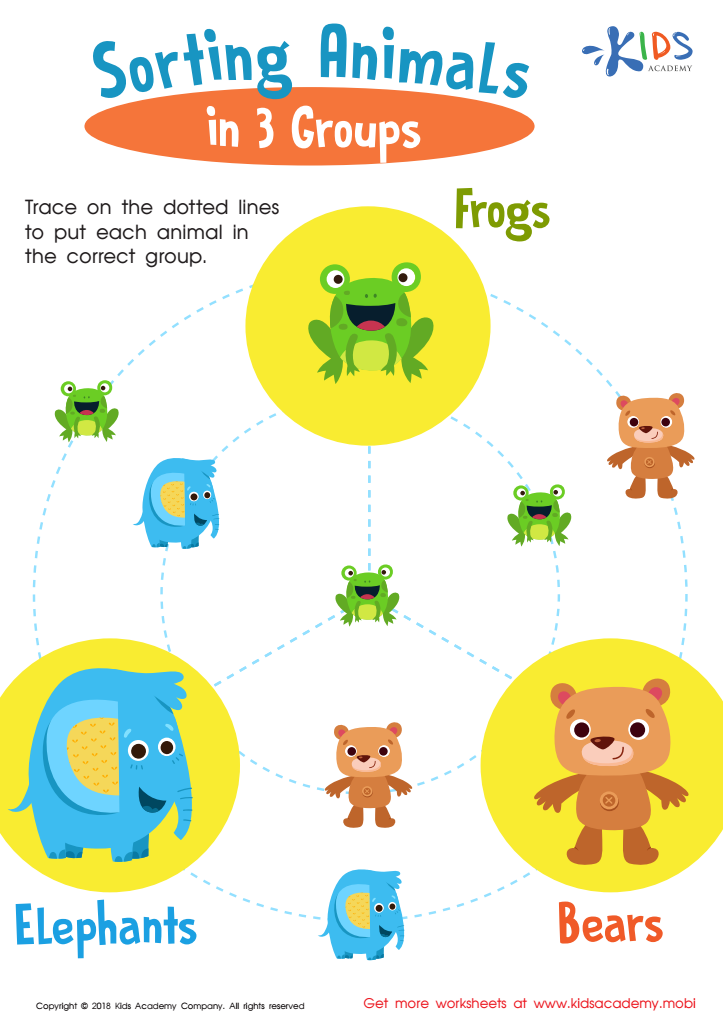

Sorting Animals in 3 Groups Worksheet
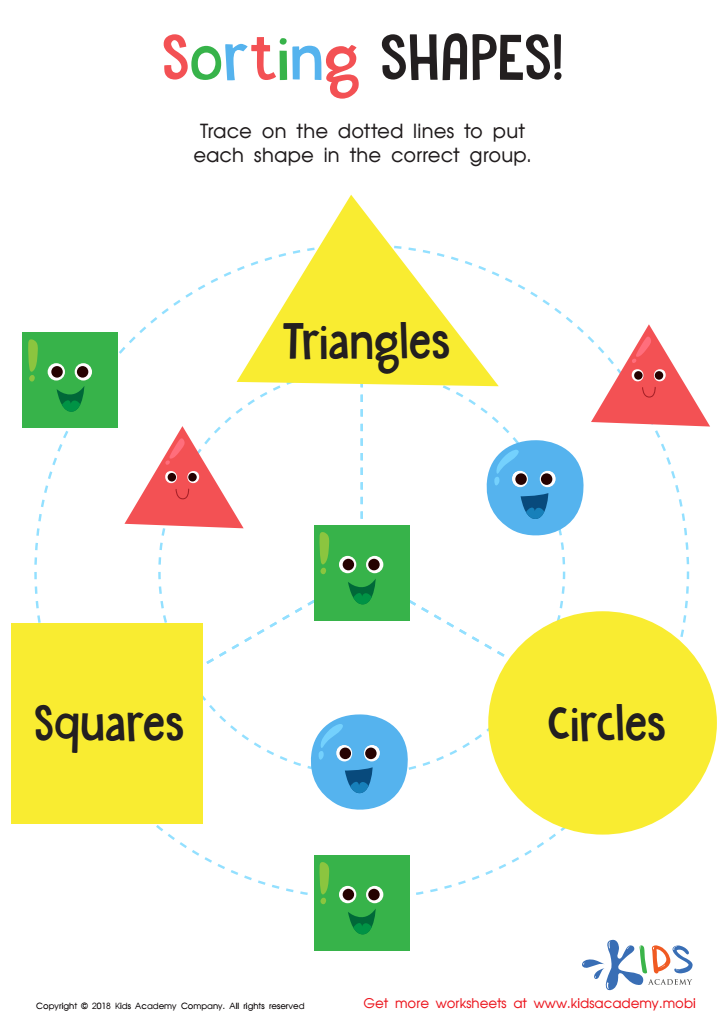

Sorting Shapes - Part 3 Worksheet
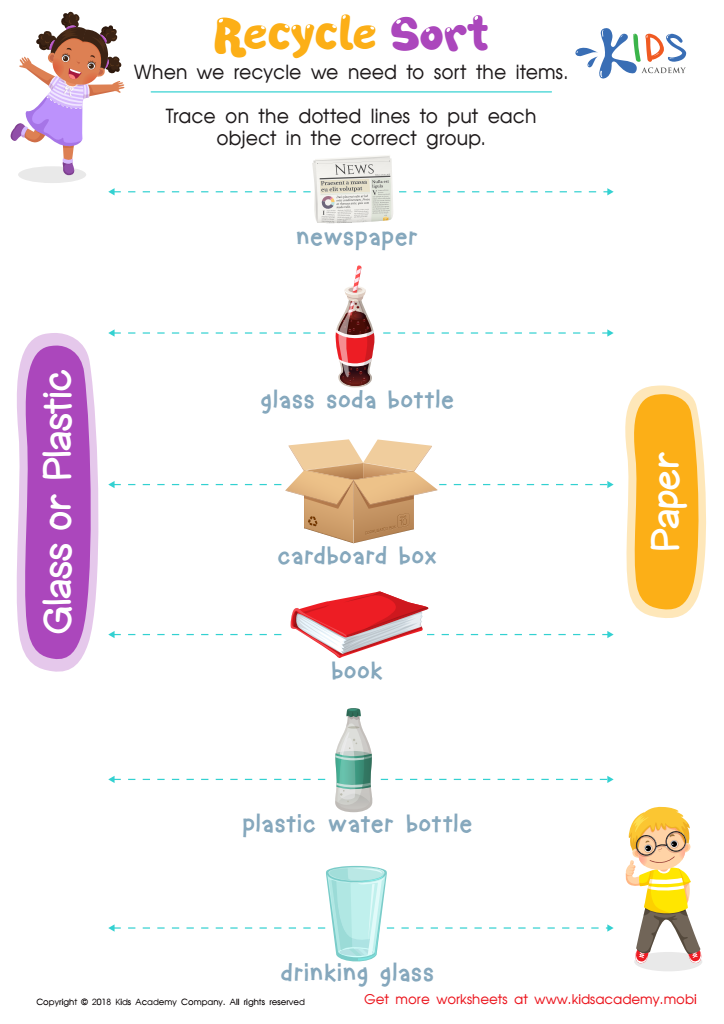

Recycle Sort Worksheet
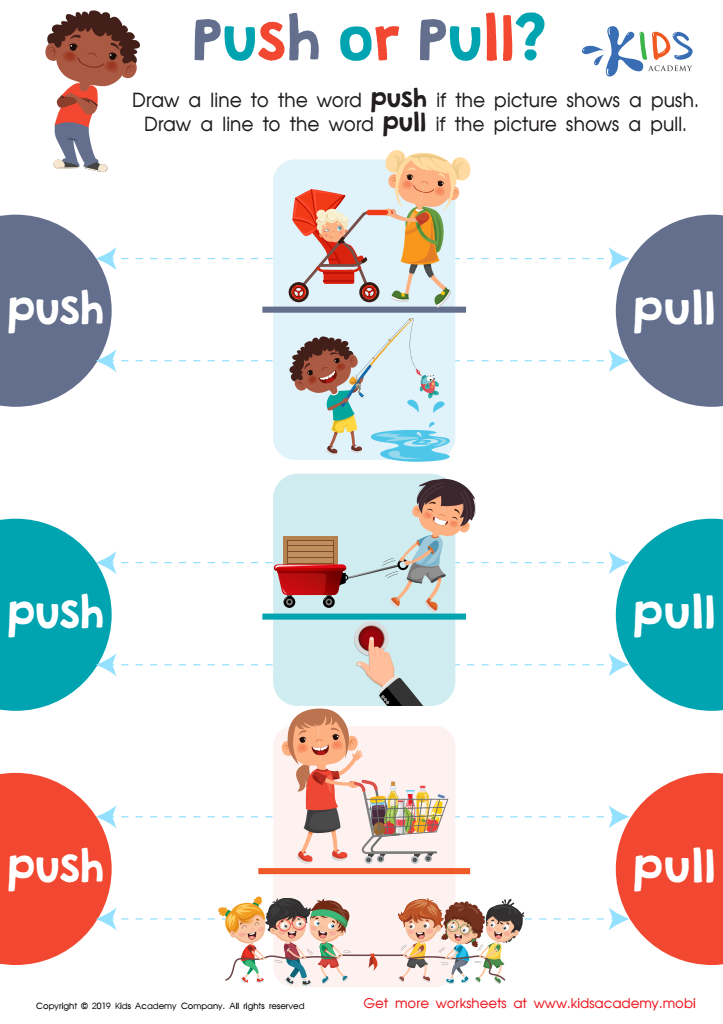

Push or Pull? Worksheet
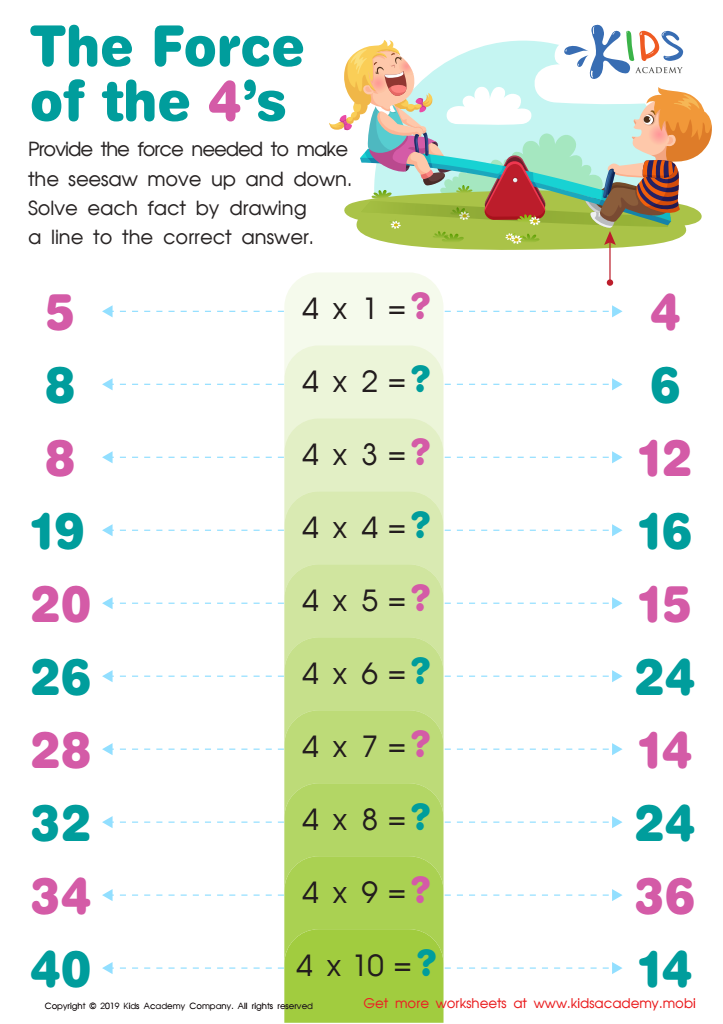

The Force of the 4's Worksheet
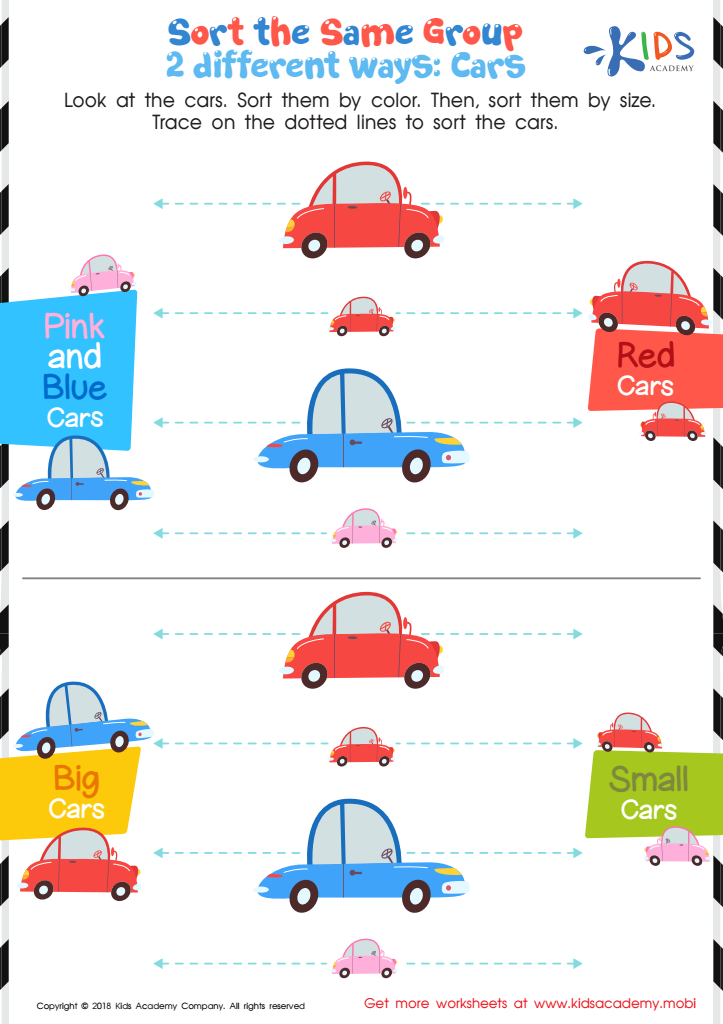

Sort the Same Group 2 Different Ways: Cars Worksheet
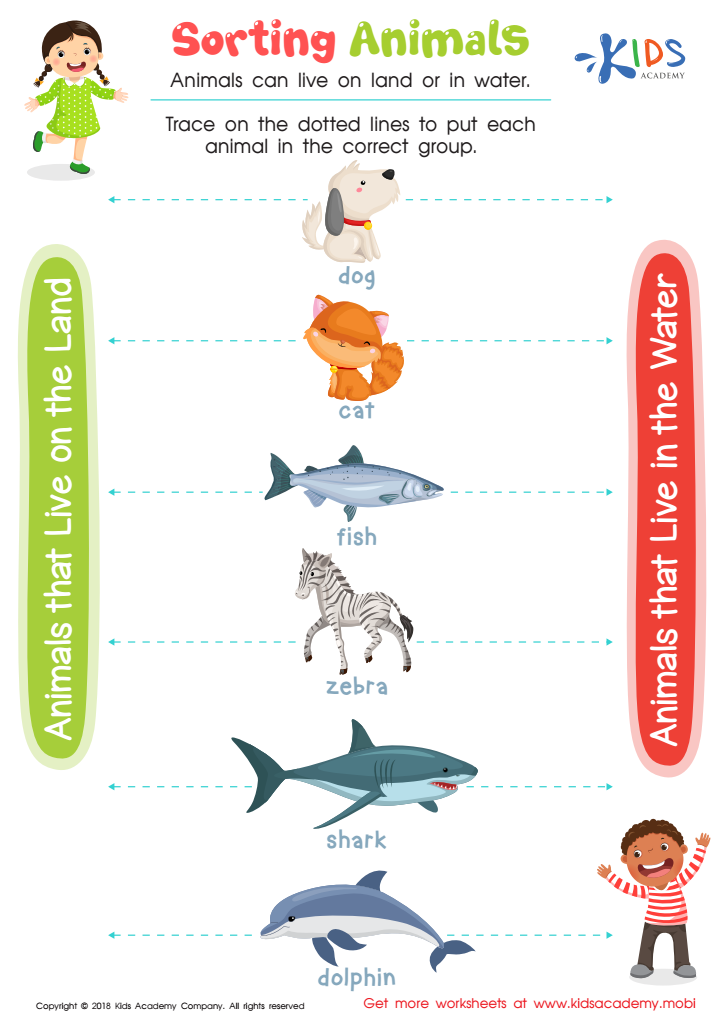

Sorting Animals Worksheet
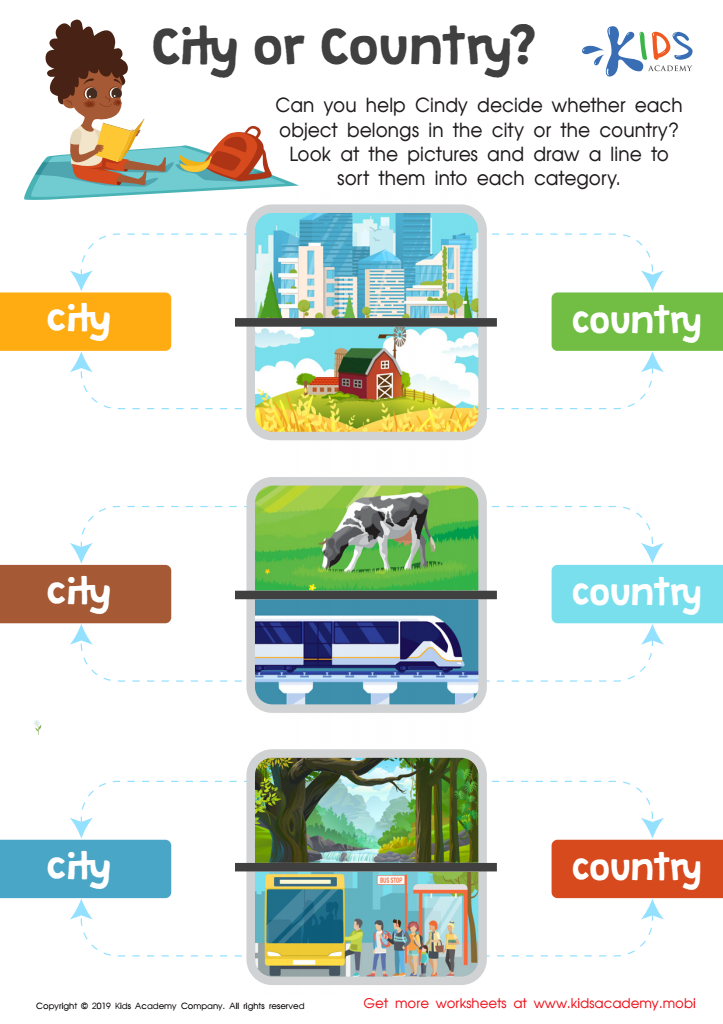

City or Country? Worksheet
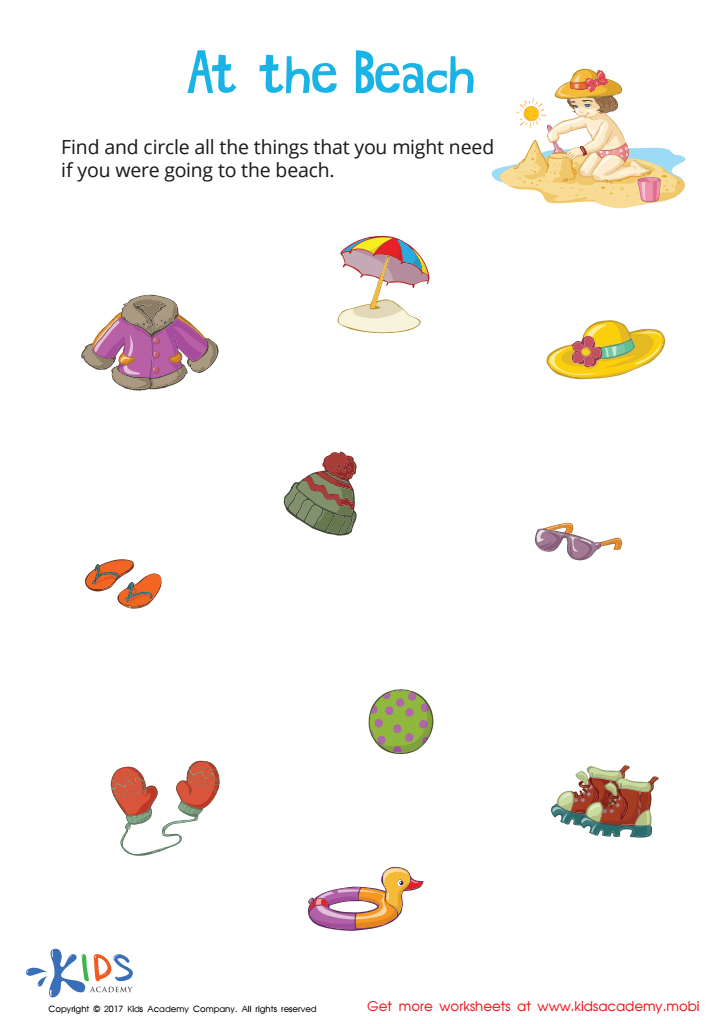

At the Beach Sorting Worksheet
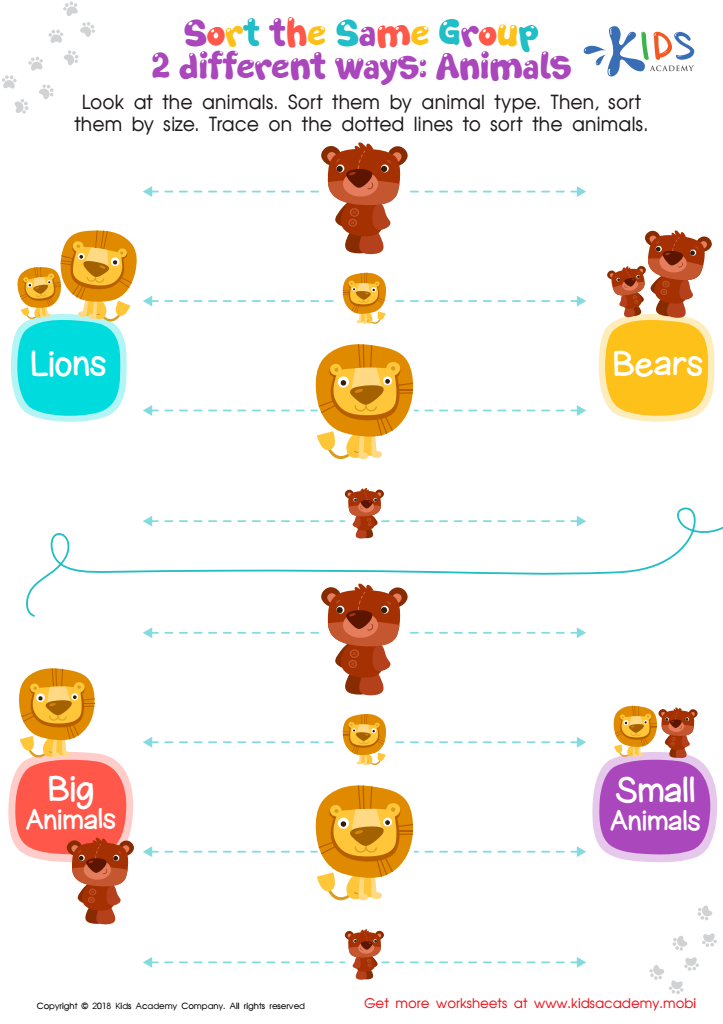

Sort the Same Group 2 Different Ways: Animals Worksheet
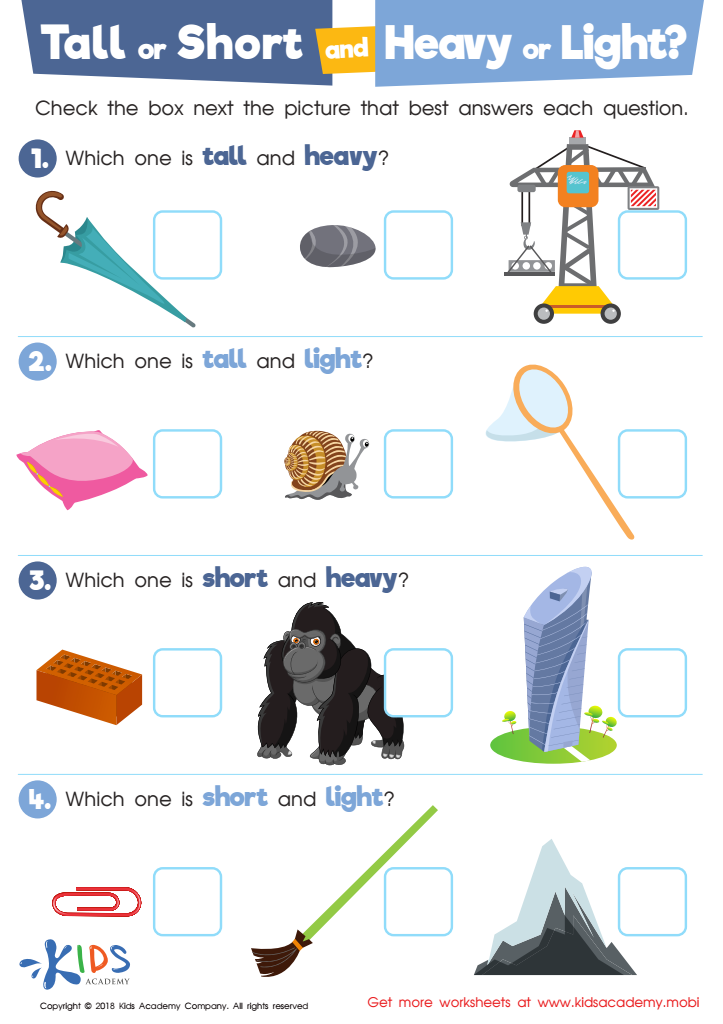

Tall or Short and Heavy or Light? Worksheet
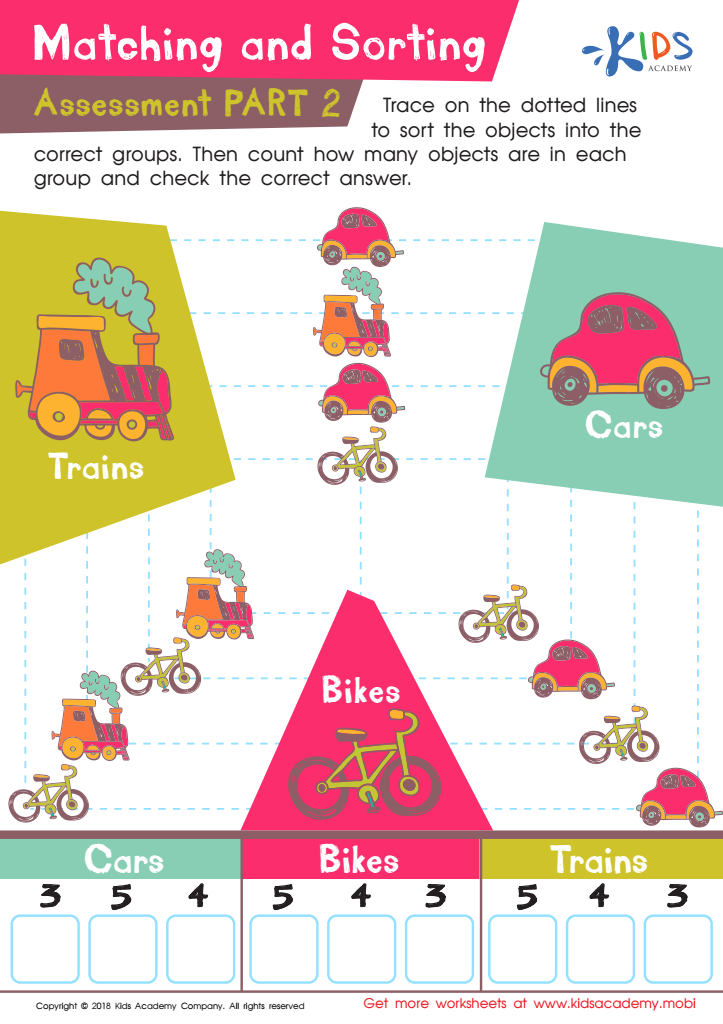

Matching and Sorting for Kindergarten: Assessment 2 Worksheet
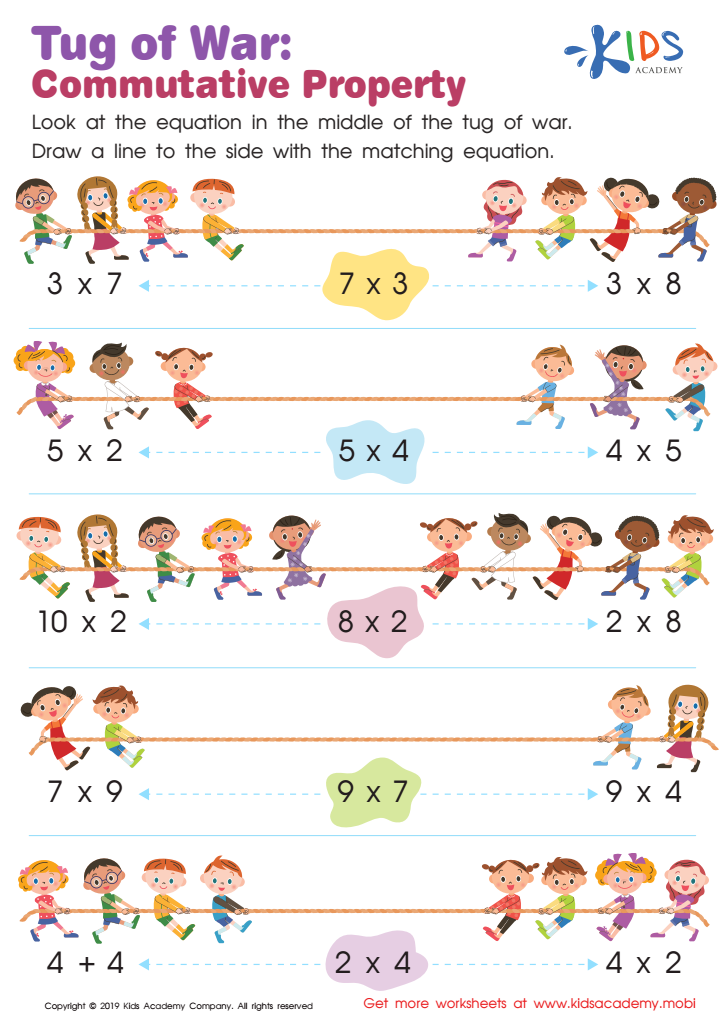

Tug of War: Commutative Property Worksheet
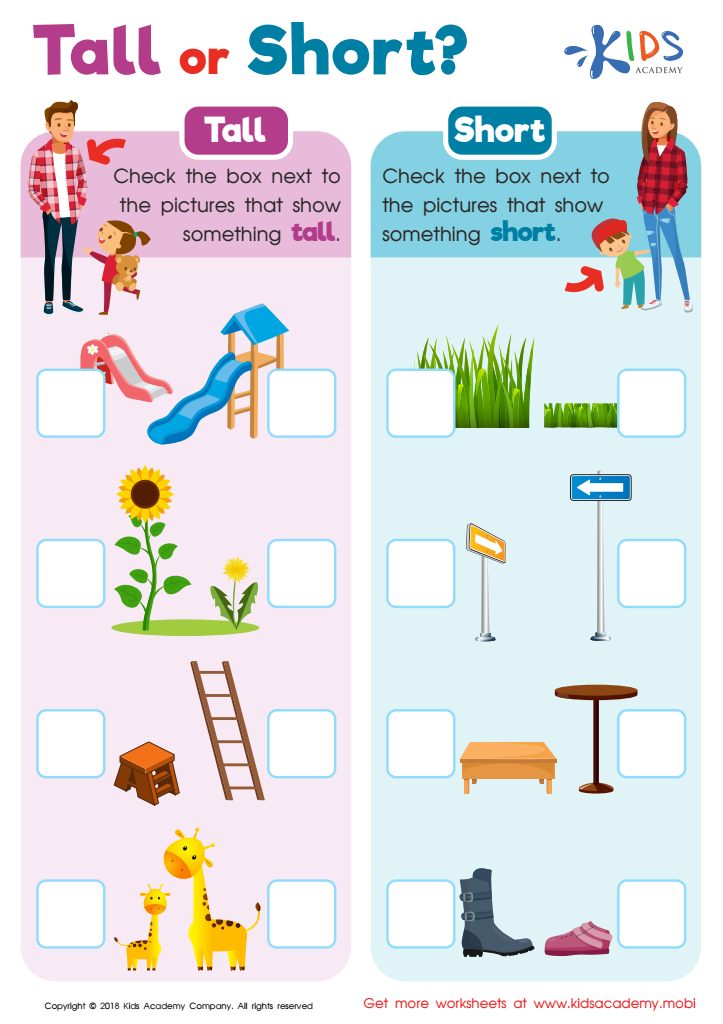

Tall or Short? Worksheet
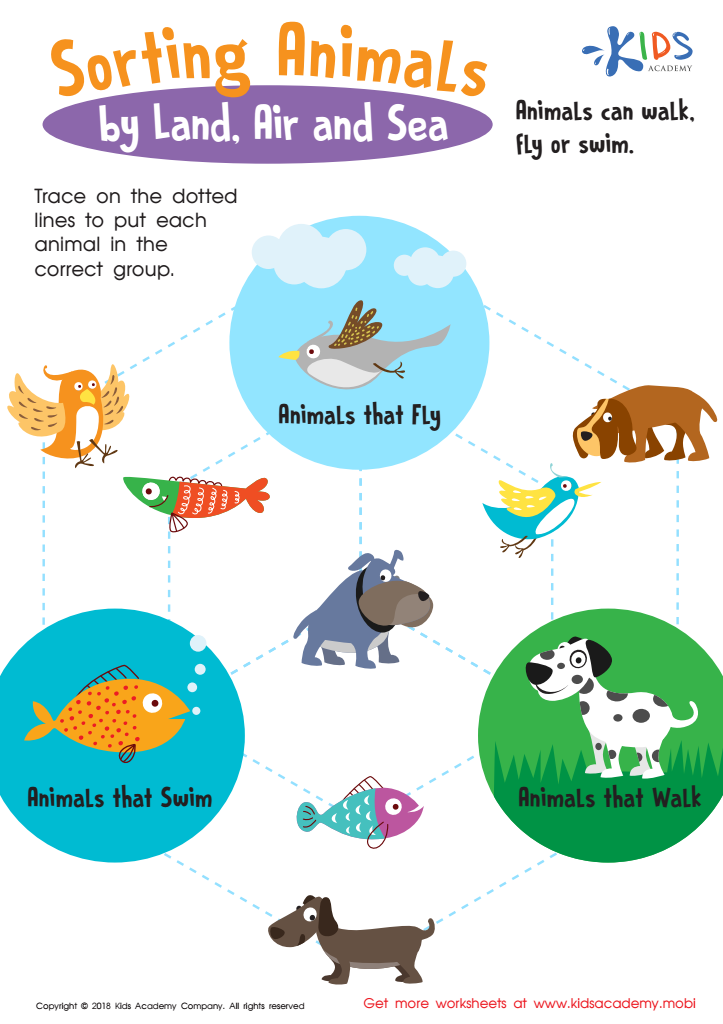

Sorting Animals by Land, Air and Sea Worksheet
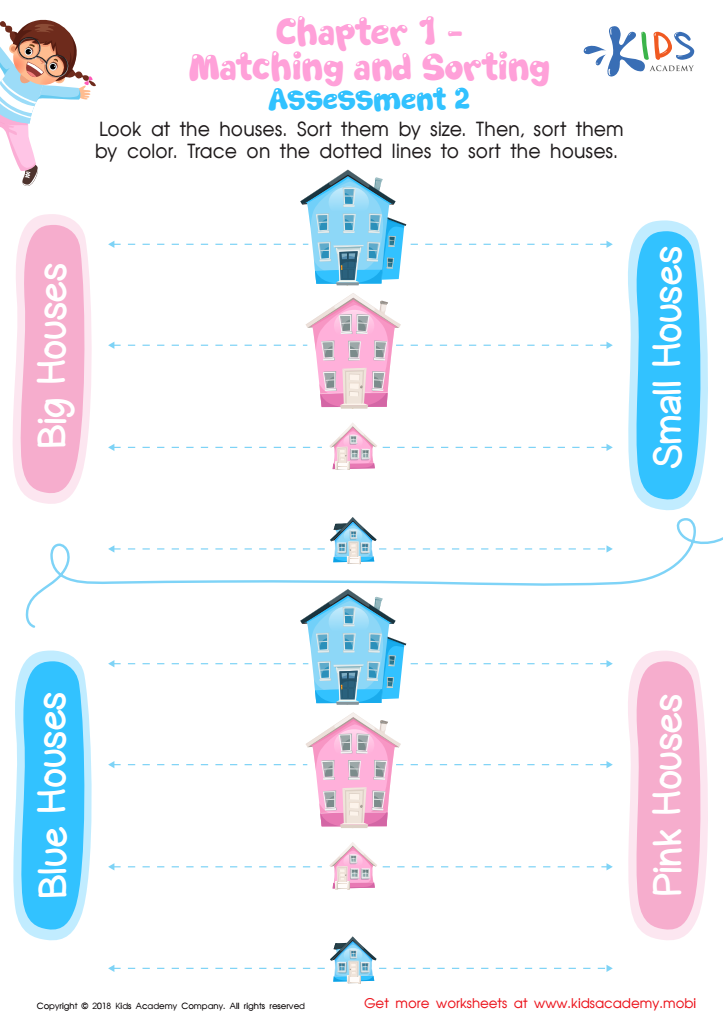

Matching and Sorting for Preschool: Assessment 2 Worksheet
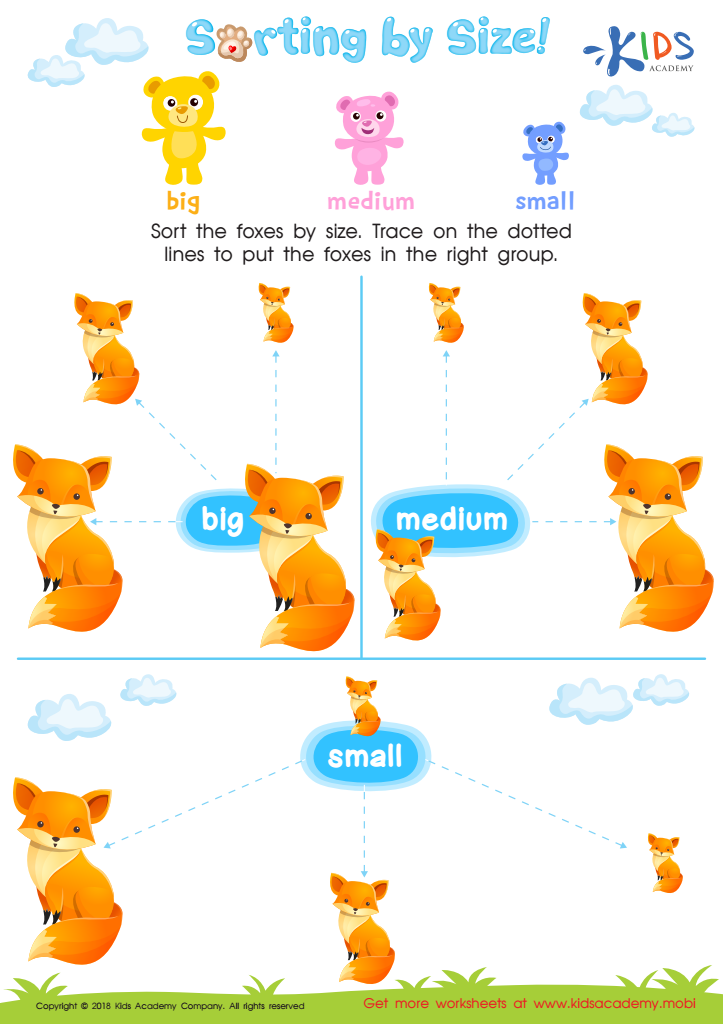

Sorting by Size Worksheet
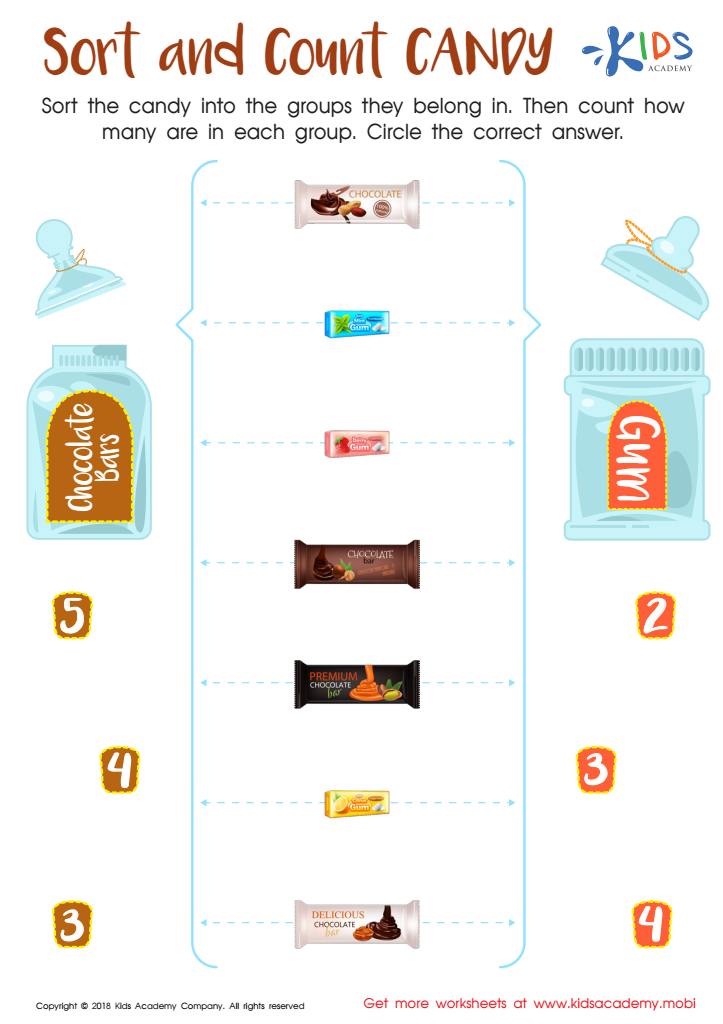

Sort and Count Candy Worksheet
Sorting activities are essential for children aged 3-9 as they lay the groundwork for several key cognitive and social skills. For parents and teachers, engaging kids in these activities promotes critical thinking and decision-making abilities. As children categorize objects based on different attributes such as color, size, or shape, they develop analytical skills and begin to understand the world in a more structured way.
Additionally, sorting activities bolster early math skills. These tasks introduce concepts of classification, comparison, and organization, setting a cognitive foundation for more advanced mathematics concepts encountered later. Encouraging children to discuss their sorting decisions also enhances language development and communication skills.
Moreover, sorting fosters patience and attention to detail, as children learn to focus on tasks and follow instructions. It can also provide a platform for collaborative play, aiding in the development of social skills as children negotiate roles and share resources.
Parents and teachers should recognize that the playful nature of sorting can make learning enjoyable, engaging children effectively. By mingling fun with education, sorting activities enhance children's confidence and intrinsic motivation to learn, thus laying the groundwork for lifelong learning. Investing time in these activities can yield valuable developmental gains in young learners.
 Assign to My Students
Assign to My Students
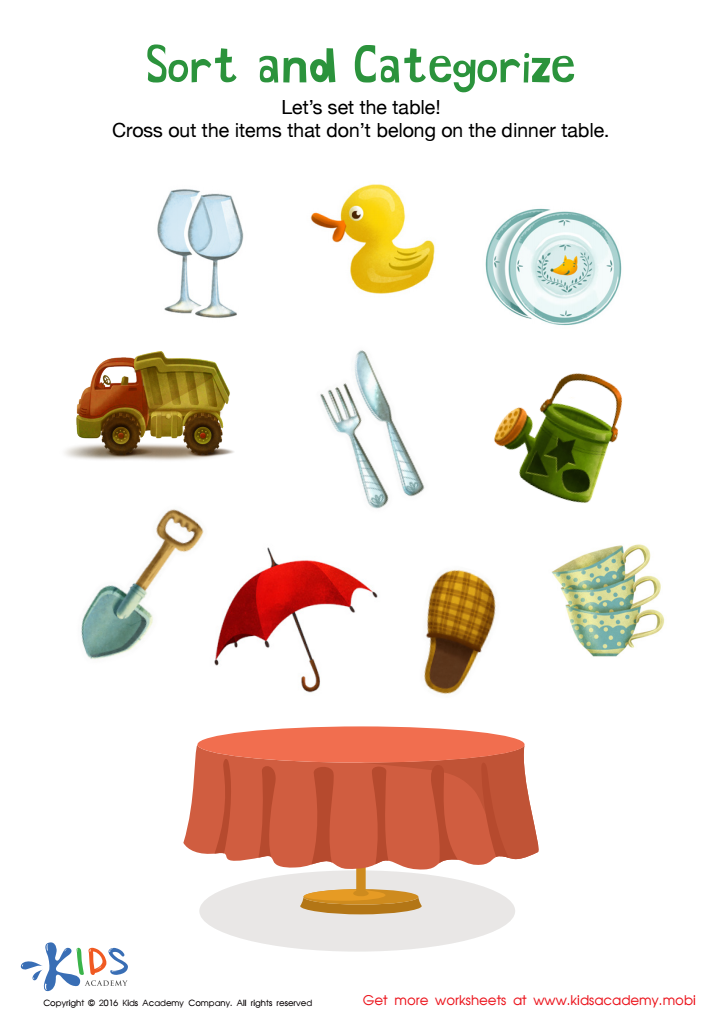



.jpg)
